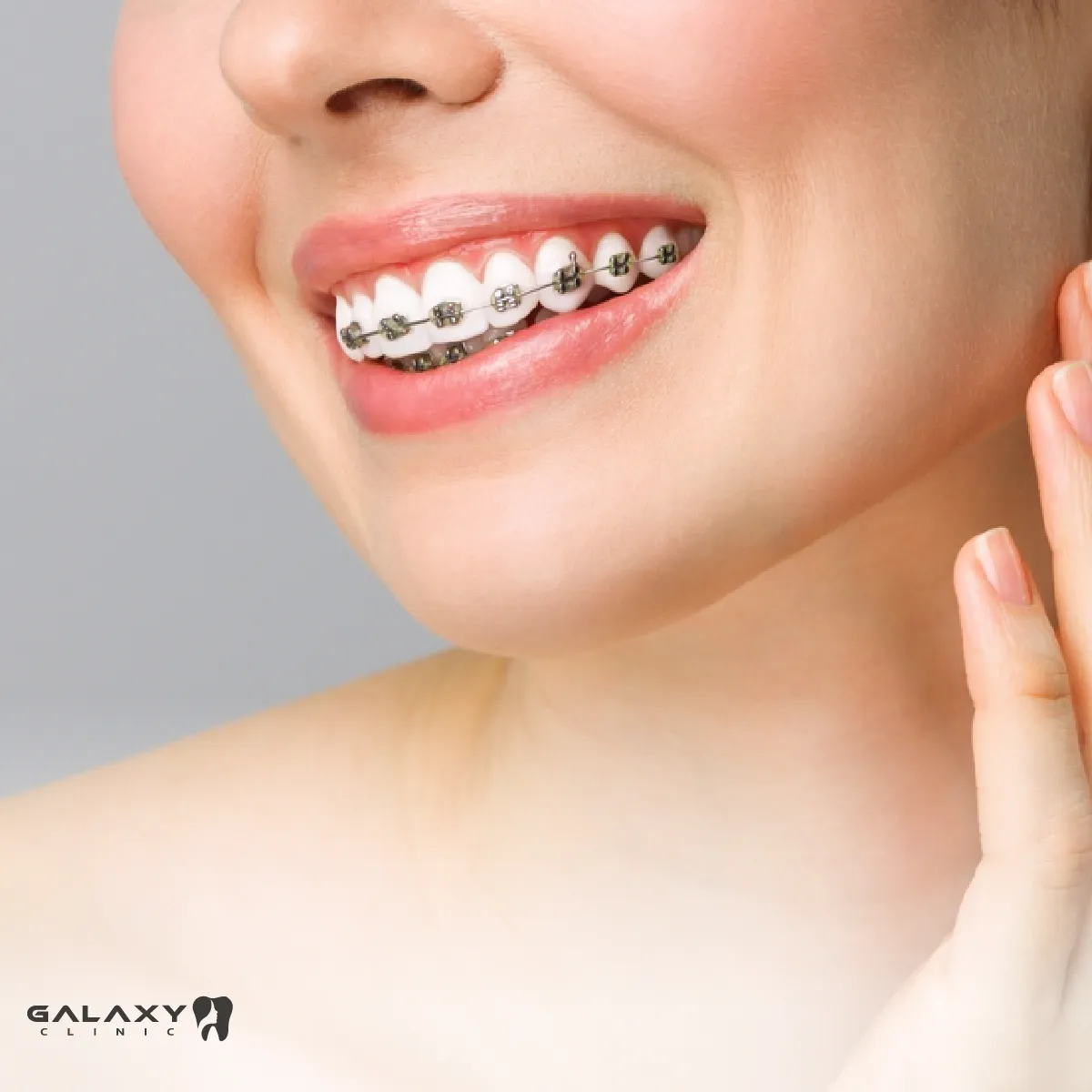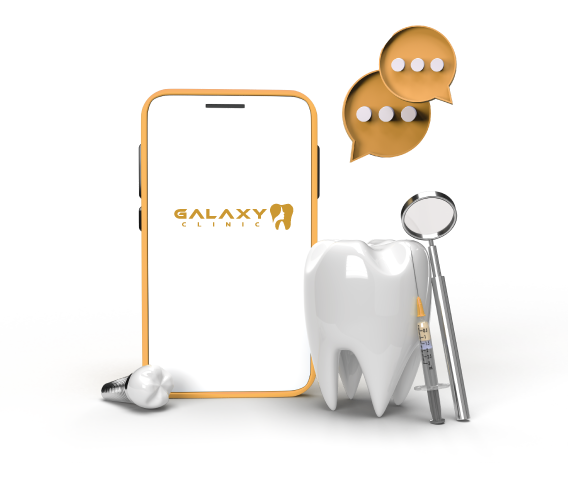What are braces?
Your dental health is significantly impacted by how well your teeth fit together. You may reduce your risk of various oral health problems, such as cavities, gum disease, and excessive wear, by correcting the way your upper and lower teeth make contact.
Dental braces are orthodontic tools that straighten and align teeth, assist in positioning them with respect to a person’s bite, and work to enhance dental health.
Metal is the standard material used in braces. In the manufacture, a variety of metals are contained, including titanium, stainless steel, gold, and chrome. The longevity and low incidents of allergy of metal braces are their key benefits.
What cases require braces use?
Most people can benefit from orthodontic treatment in some way, but some patients require more extensive care. Many people undergo orthodontic treatment to improve the appearance of their smile. But braces also improve chewing performance and dental health in addition to its aesthetic advantages.
Braces are recommended for many cases, here are some:
1- For people who have an underbite:
It occurs when jaw bones don’t develop at the same rate as the lower jaw projects farther than the upper jaw. Underbite can lead to a variety of issues, including sleep apnea and difficulty speaking and chewing.
2- For people who have front teeth on the upper arch:
Happens when the top front teeth project to the front. it increases the possibility of dental damage.
3- For people who have a crossbite:
A crossbite occurs when the upper teeth are either in front or the rear.
People frequently adjust by shifting their jaw to the side or forward. Usually, it’s genetically predisposed or brought on by bad behaviors like nail biting and thumb sucking.
4- For people who have an open bite:
ِAn open bite can occur when upper and lower front teeth do not contact when the patient’s jaws are closed, which can significantly impair their ability to eat.
5- For people who have crowding:
Crowding happens when there isn’t enough room in the jaw for all of the teeth. Teeth that protrude or overlap might be more difficult to clean.
6- For people who have spacing:
Opposite of crowding, spacing involves spaces between the teeth. In certain situations, the jaw has too much space and the teeth are unable to completely fill it.
Early intervention can be helpful in these cases, and it can prevent any complications.
How are braces applied?
The three fundamental stages of therapy for crooked teeth are typically as follows:
1-Initial brace placement: To hold the braces in place, brackets are affixed to teeth along with an arch wire and occasionally ring-shaped bands.
2- In order to attain the proper alignment, the brace is frequently modified. After an adjustment, the mouth could feel painful for a few days.
3- After the braces are taken off, the teeth are stabilized by wearing a retainer.
Should you consider braces?
After consulting your dentist, it’s his final decision to consider braces depending on your specific case, as severity and other treatment options, your ability to maintain proper oral hygiene, your ability to commit to dental appointments for follow up.
In conclusion, braces are a common choice for treatment, and they can help many people achieve improved dental health, a more attractive smile, better function, and increased self-confidence.


